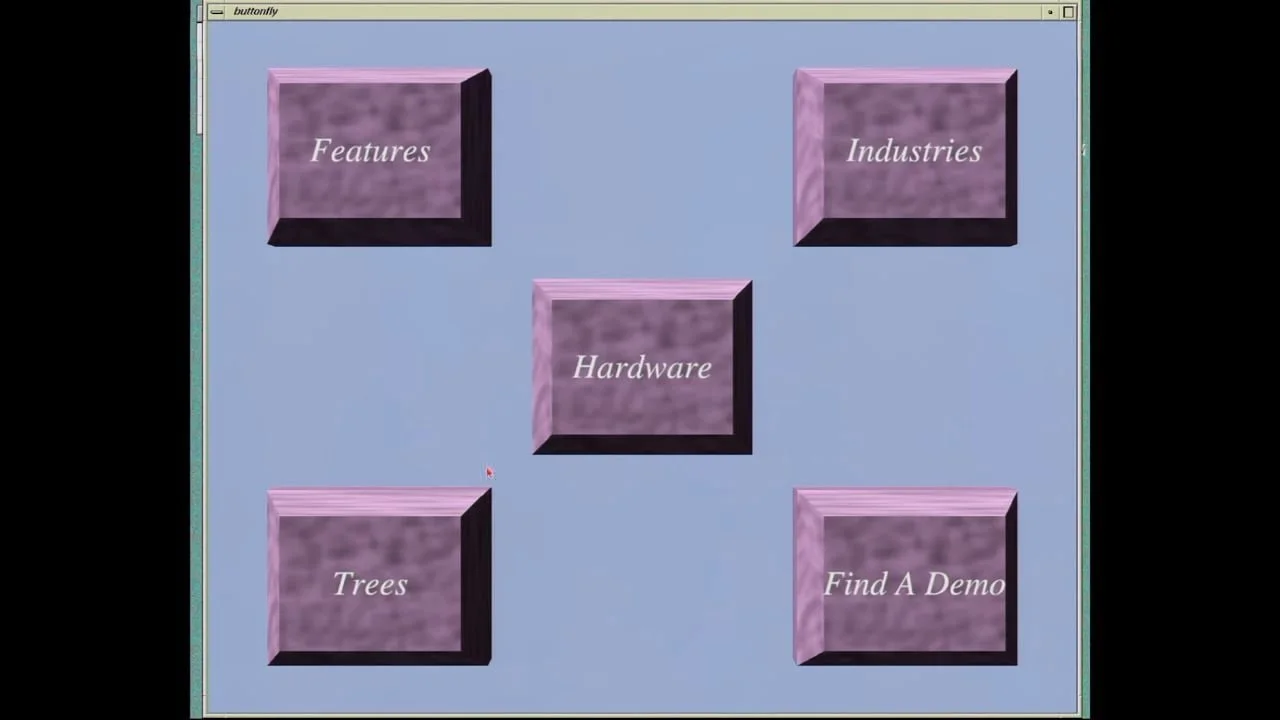The Silicon Graphics Inc. Indigo2
SGI’s Indigo2 brought supercomputer-level performance to the desktop, and paved the way to the Nintendo 64.
Silicon Graphics Inc. (or “SGI”) was for many years the dominant vendor of bleeding-edge 3D graphics hardware and software. Unlike more consumer-oriented platforms like Apple’s Macintosh or Commodore’s Amiga, SGI’s systems were professional-grade Unix-based workstations for the most demanding use-cases of the era.
Released in 1995, our Indigo2 is a highly-advanced desktop machine for its time. It has a MIPS R10000 CPU running at 195MHz, 256MB of high-speed RAM, and a 2GB SCSI hard drive. Furthermore, our machine has a “High IMPACT” graphics array capable of doing realtime rendering of high-polygon-count 3D models with texture-mapped surfaces - an extremely powerful system in the mid-1990’s.
Of course, powerful hardware is nothing without powerful software, and so SGI equipped these machines with their Unix-based “IRIX” operating system. Decades later, IRIX is fondly remembered - it’s beautiful, intuitive, extremely stable, and it still feels really pleasant to use.
SGI systems were used in a variety of industries including weather simulation, scientific and medical imaging, and more - basically anything that could benefit from extremely high-performance graphics rendering.
However, the most widely-known use of SGI systems was in creating the photorealistic animated graphics in many popular movies, TV shows and commercials of the 1980’s through early 2000’s. For example, SGI machines were used to create the stunningly-lifelike dinosaurs in the film “Jurassic Park.” It’s also worth noting that SGI systems weren’t just incredibly powerful, they were also really cool looking - hence their use as onscreen props in the “command center” of Jurassic Park. For eight consecutive years (1995 through 2002), SGI systems were used on every film that won an Academy Award for special effects - a stunning achievement.
SGI also had a special relationship with Nintendo in the 1990’s, with the two companies joining forces to develop the hardware and software which eventually became the Nintendo 64 console. In fact, our Indigo2 has several graphics demos on its hard drive (“ButtonFly,” “Ripple,” “Stretch,” etc.) which were later incorporated into Nintendo games like Super Mario 64 - a fact we’re highlighting in our presentation at the Maker Faire this weekend.

